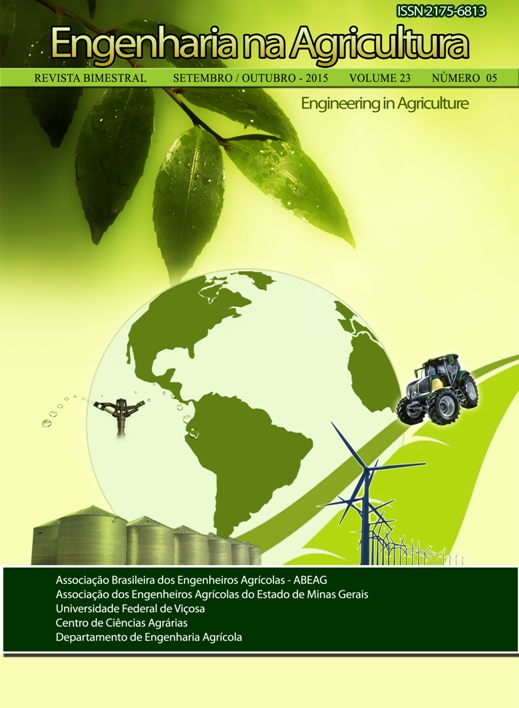RAINFALL INTENSITY EQUATIONS FOR THE STATE OF MARANHÃO, BRAZIL - DOI: 10.13083/1414-3984/reveng.v23n5p435-447
DOI:
https://doi.org/10.13083/reveng.v23i5.597Keywords:
Chuvas extremas, modelos probabilísticos, período de retornoAbstract
Studies of spatial and temporal distribution of rainfall are of extreme importance for security in planning and execution of hydraulic projects and environmental conservation, so work to determine the intensity-duration-frequency curves of rainfall are indispensable for the planning and construction of hydraulic works. Currently the state of Maranhão provides little information related to the curves of intensity-duration-frequency of rainfall, so studies are necessary to develop the curves for its various municipalities. In this context the objective of this work was to determine the parameters of the intensity-duration-frequency equation for 163 rainfall stations located in the state of Maranhão. Data were obtained from the National Water Agency database. For adjustment of intensity-duration-frequency curves the rainfall breakdown method was used, considering the probabilistic model of Gumbel for estimating the maximum values in different time durations and return period. Upon acquisition of these values the parameters K, a, b and c of the intensity-duration-frequency curves were adjusted by the least squares method. The parameters K, a, b and c of the intensity-duration-frequency curves show good adjust, with 99.7% of curves presenting r2 greater than 0.98.Downloads
Downloads
Published
How to Cite
Issue
Section
License
Authors who publish with this journal agree to the following terms:
The author(s) authorize(s) the publication of the text in the journal;
The author(s) ensure(s) that the contribution is original and unpublished and that it is not in the process of evaluation by another journal;
The journal is not responsible for the views, ideas and concepts presented in articles, and these are the sole responsibility of the author(s);
The publishers reserve the right to make textual adjustments and adapt texts to meet with publication standards.
From submission, the author is fully conceding the paper's patrimonial rights to the publication, but retaining the owner of its moral rights (authorship and paper's identification) according to Creative Commons Attribution-Noncommercial.








 Licensed by
Licensed by 